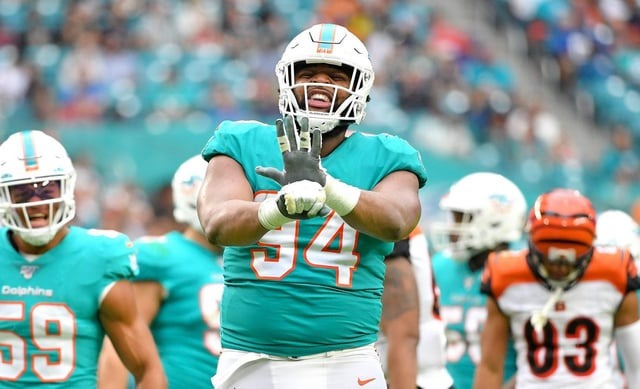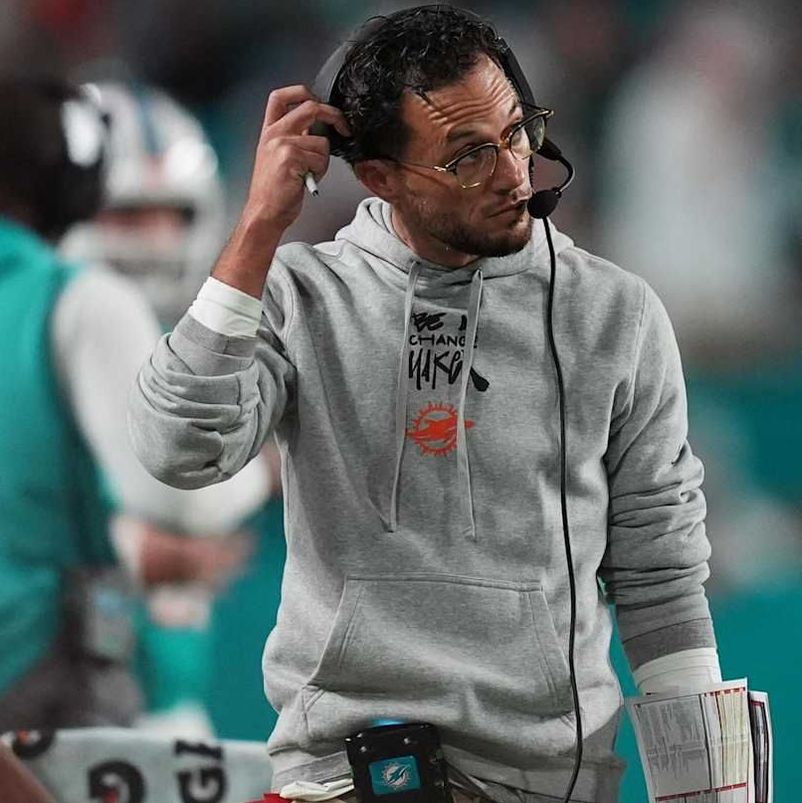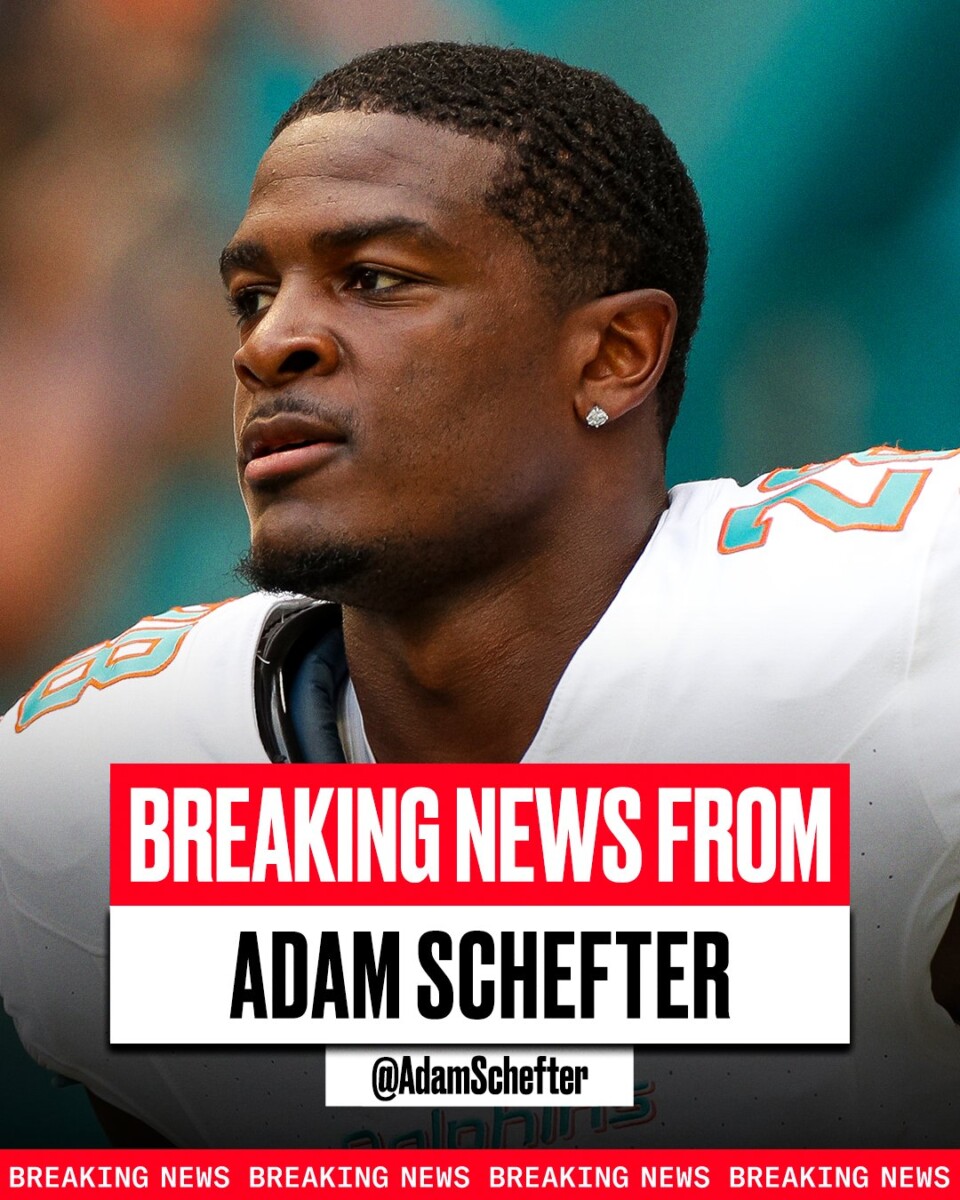
This is what happens when a team has a history of making bad business decisions when it comes to investing in homegrown talent.
That’s the only way to justify why Christian Wilkins, a 2019 first-round pick who was the first building block of this present Miami Dolphins rebuild, is about to be exposed to the rest of the NFL as an unrestricted free agent.
Despite doing everything the franchise has ever required of him — from being a scheme-diverse, durable top performer, to being a leader and culture creator — the Dolphins reportedly have decided against using the franchise or transition tag to retain the defensive tackle’s services.
While this could all be posturing, leaks created as a negotiating ploy by the team or Wilkins’ agency, the March 5 deadline to use the franchise or transition tag will be a huge indicator of what’s to come.
If the Dolphins don’t use a tag, they’ll be exposing Wilkins, a five-year starter who has contributed 355 tackles, 20.5 sacks, six fumbles recovered and forced four fumbles, to 31 other NFL teams that won’t have to provide Miami compensation to land one of the NFL’s top 20 free agents.
That’s risky for numerous reasons, especially if the goal is to re-sign the 28-year-old. But not something foreign to the Dolphins.

Dolphins troublesome history with D-linemen
The Dolphins have a long and troublesome history of mishandling defensive linemen the franchise has drafted and developed.
The Dolphins hasn’t re-signed a defensive lineman they’ve drafted to a multi-year extension since Paul Soliai back in 2011, and that deal got done a year after they used the franchise tag on the nose tackle.
Miami let Jared Odrick and Kendall Langford leave as free agents. Olivier Vernon walked after the Dolphins tagged him, then removed it because they weren’t willing to match the New York Giants’ deal. And the Dolphins also let Davon Godchaux sign with the Patriots as a free agent in 2019.
That’s more than a decade of being stingy with contracts for defensive linemen the franchise has drafted, and the organization’s philosophy seems to be to use the defensive linemen up while they are cheap, and then replace them.
In fairness to the organization, the Dolphins did extend Zach Sieler’s contract for the second time, signing the 28-year-old to a four-year deal that’s worth just under $33.7 million days before the 2023 season began.
But Sieler is one of the franchise’s best waiver wire finds, not a draftee, considering the Baltimore Ravens selected him in the seventh round of the 2018 NFL draft, and Miami poached him at the end of his second season.
Is Wilkins worth twice as much as Sieler?
Sieler’s deal could be part of the problem with using the tag to retain Wilkins. Sieler had a season that was statistically on par with Wilkins’, and that came at a price of $8 million a year.
Is Wilkins worth more than twice as much?
The free agent market likely will determine this.
Exposing Wilkins to the open market could create a bidding war, one Miami is not in position to participate in because of the salary cap constraints, seeing as how the Dolphins need to clear $31.6 million in cap space by the March 13 start of the new league year.
Wilkins is seeking a multi-year deal that makes him one of the five highest-paid defensive tackles in the NFL. That would require a four- or five-year contract that pays him north of $19 million a season and guarantees him something in the neighborhood of $55-70 million.
Miami subsequently could outbid the competition for Wilkins’ services, and having no state income tax on their side could serve as a bonus. However, the Dolphins could also decide they would rather use those resources on multiple players.
If the Dolphins fail to win Wilkins’ services as a bidder, the franchise possibly could gain a compensatory pick for his departure in 2025. But that would likely require the Dolphins to have a quiet free agent period when it comes to signing other teams’ players.
What could the market bring?
Javon Hargrave, a two-time Pro Bowl selection who turned 31 last month, was the last free agent defensive tackle who switched teams after signing a pace-setting contract this time last year,
Last offseason Hargrave left the Philadelphia Eagles to join the San Francisco 49ers, who signed him to a four-year deal that could be worth $81 million. But only $40 million of that deal, which spans over the first two seasons, was guaranteed.
Hargrave earns $20 million a season for 2023 and 2024, and his 2025 salary of $20.7 million is an option year for the team, as is his 2026 salary of $22.5 million.
If Wilkins hits the free agent market, he’ll be competing with Justin Madubuike (who’s expected to get the franchise tag from the Baltimore Ravens), Leonard Williams, Da’Quan Jones, D.J. Reader for top dollar compensation from a team seeking defensive tackle help.
Kansas City’s Chris Jones, a South Florida native, is also a free agent, and it’s possible that Miami might be a bidder for the defender who helped the Chiefs win three Super Bowls. But if Miami can’t afford Wilkins, exactly how could they afford Jones?
We’ll soon learn if the Dolphins have a master plan, one that will improve the team, or if they’re simply too frugal to retain a foundational piece at market price.



